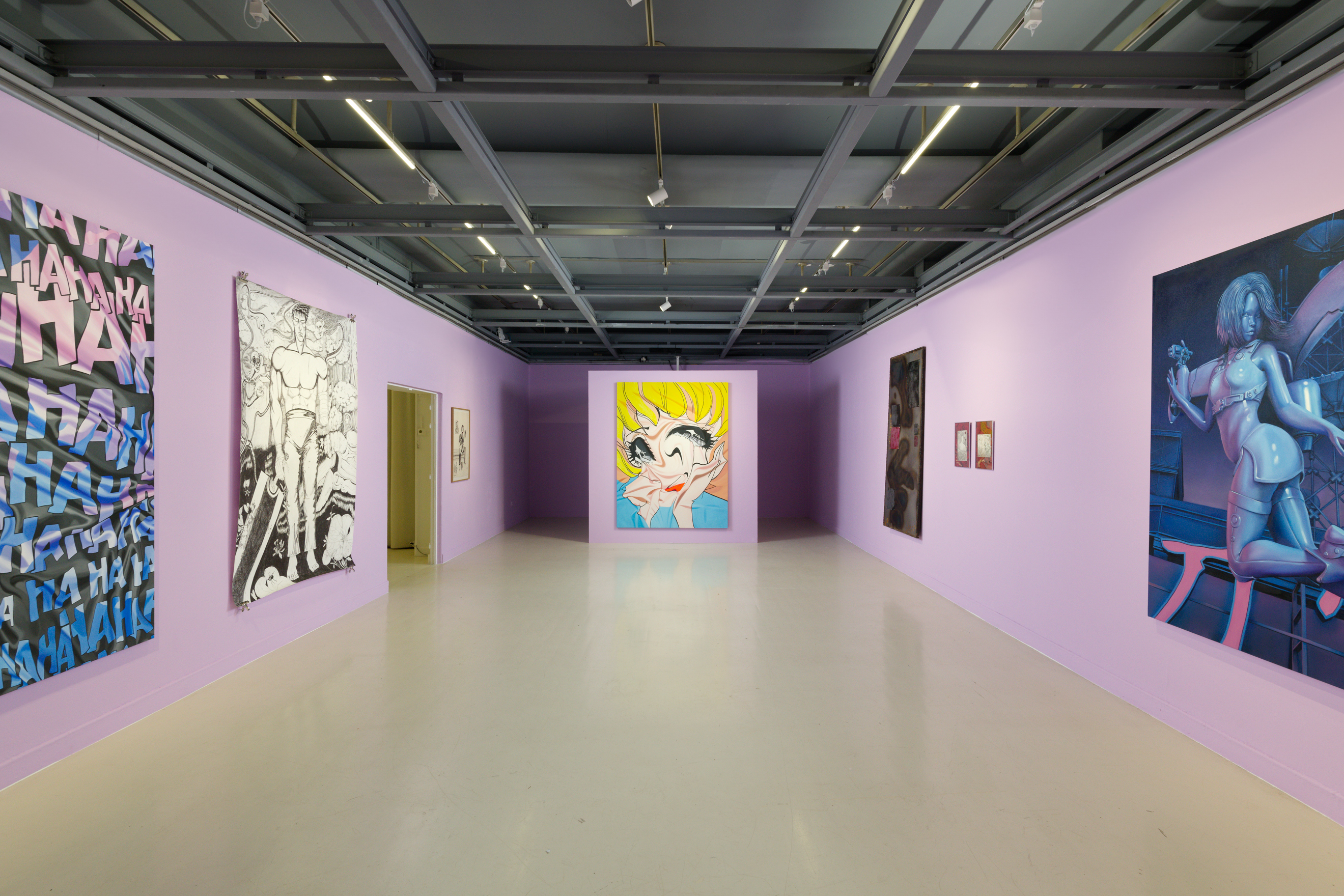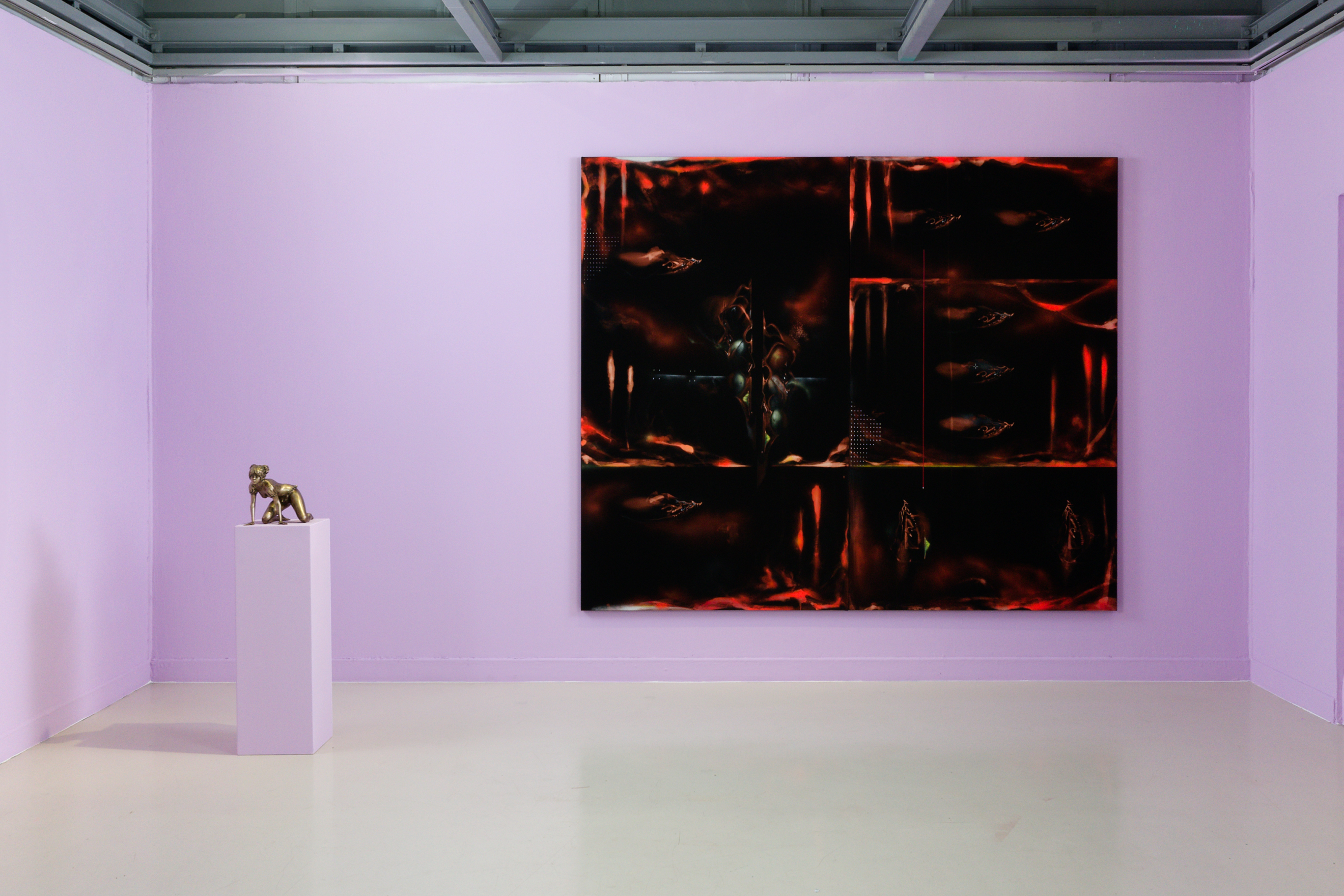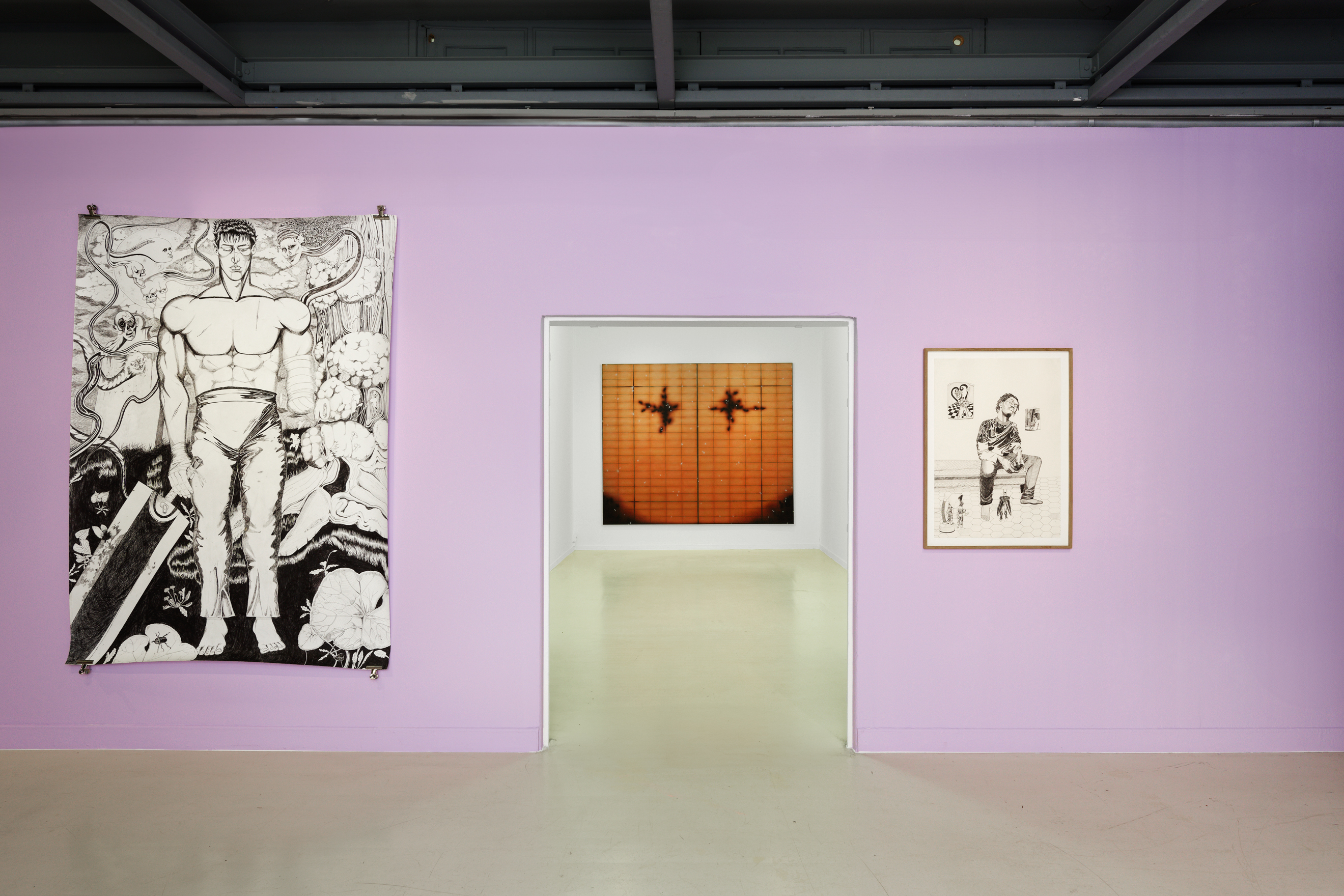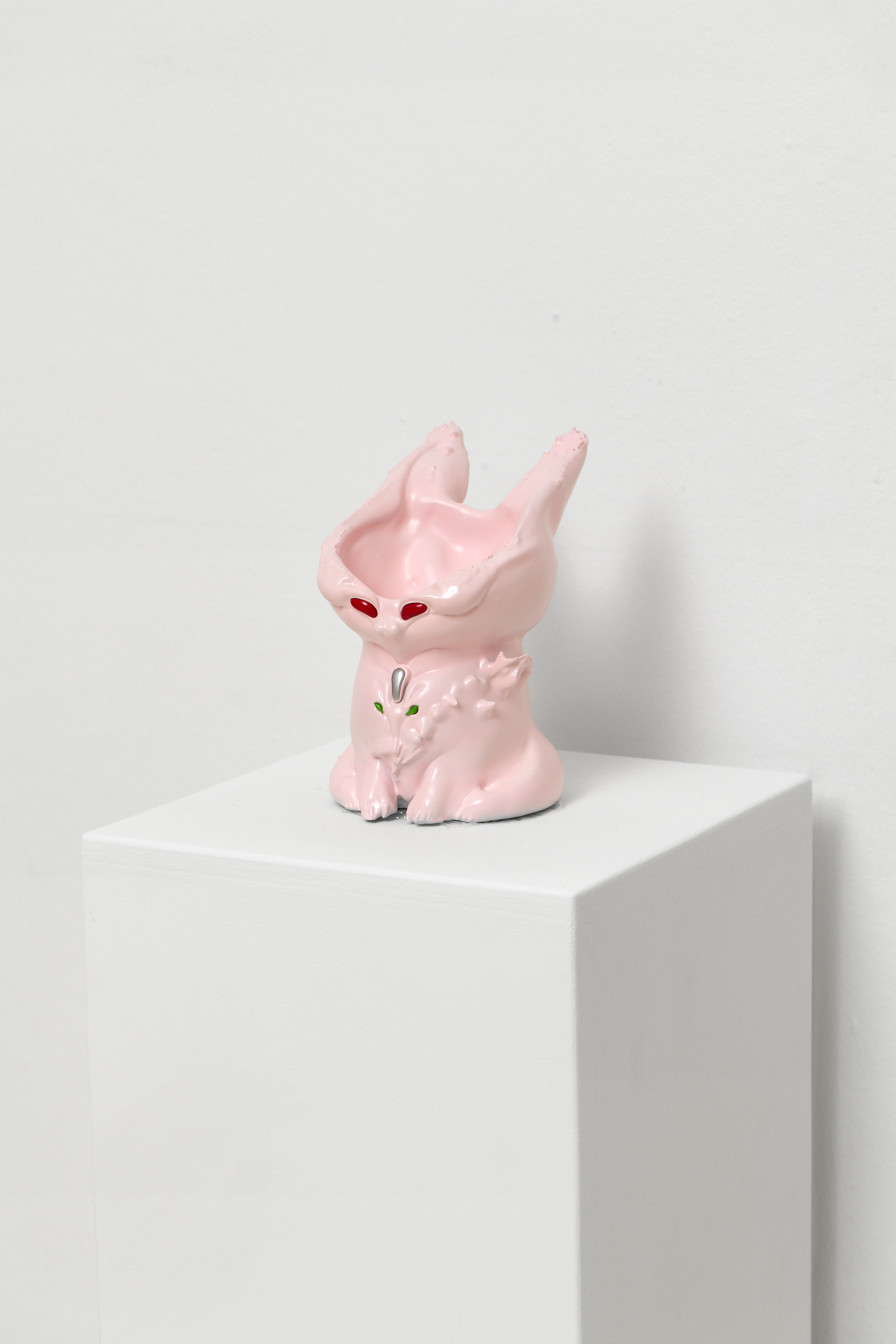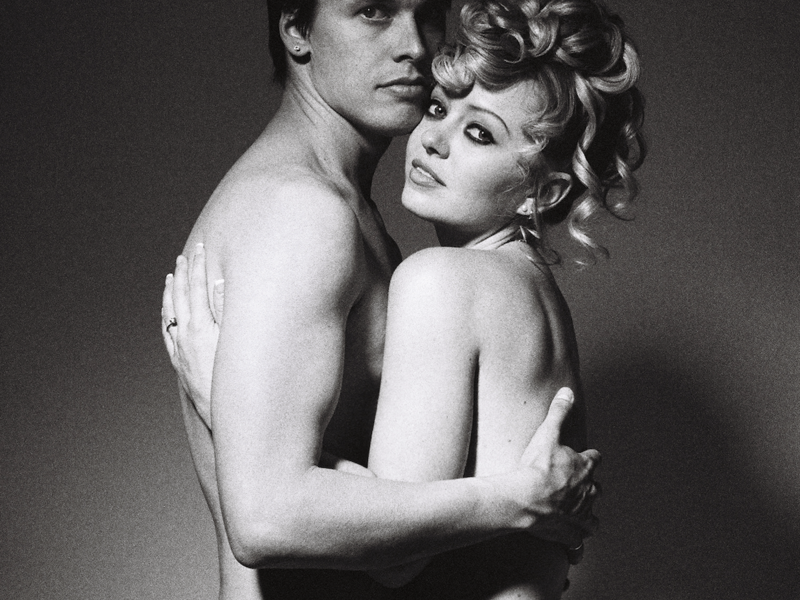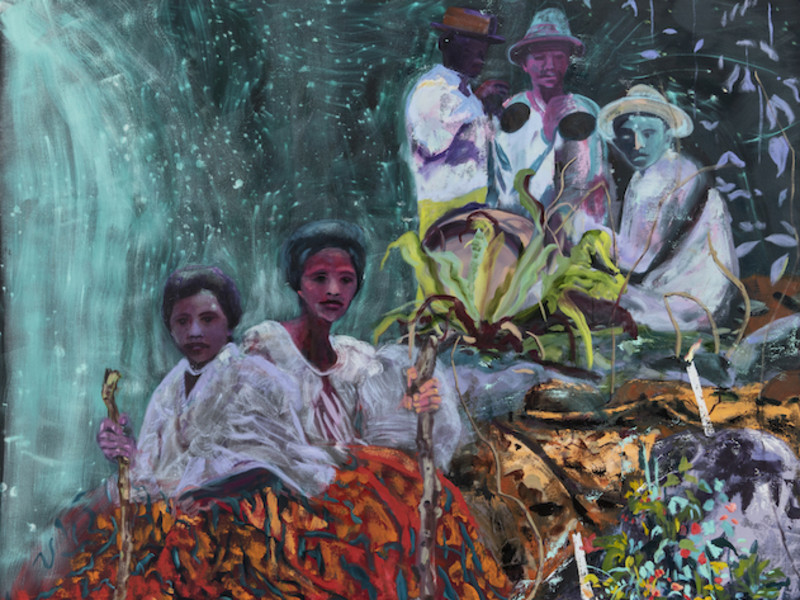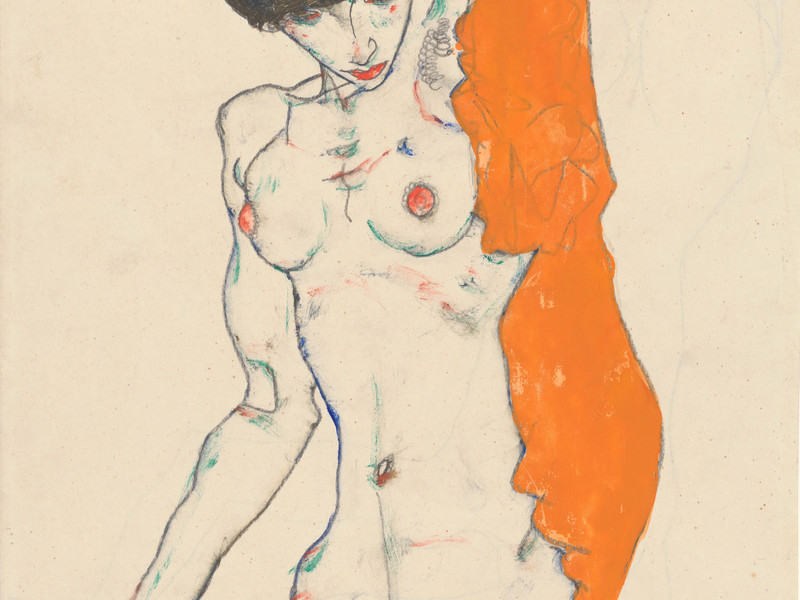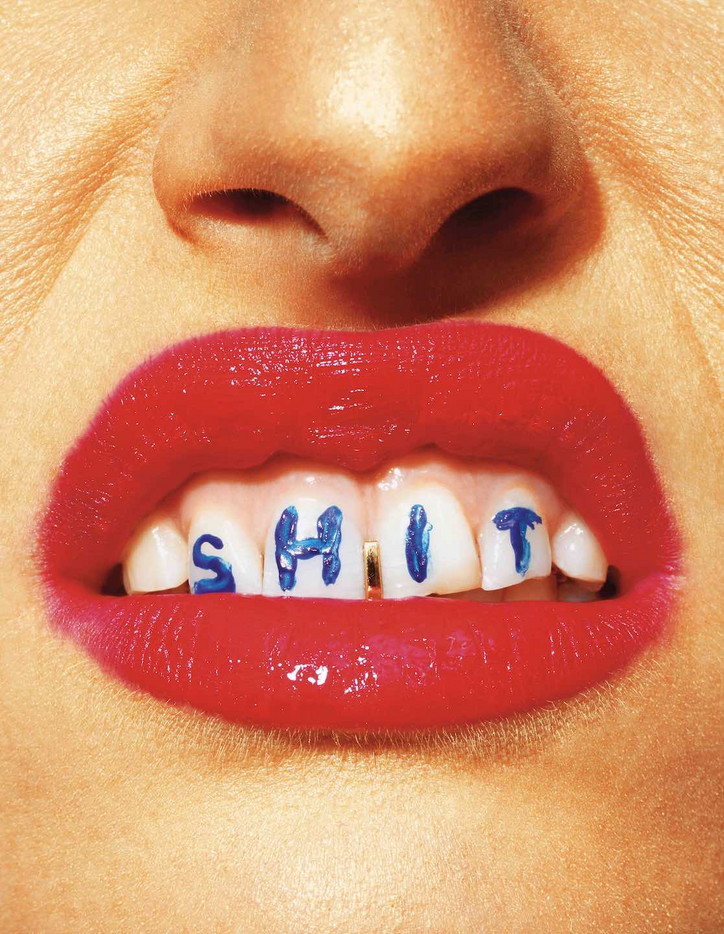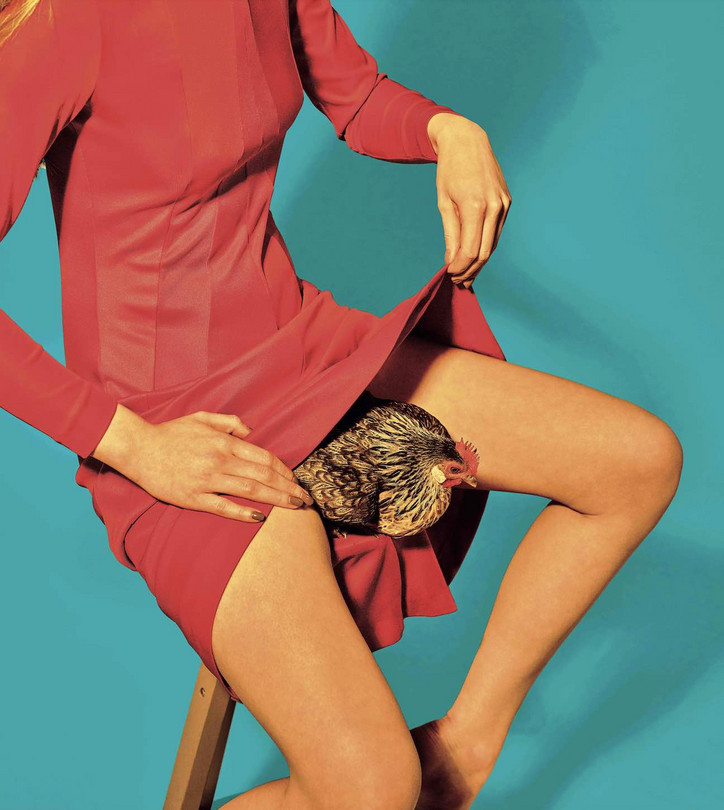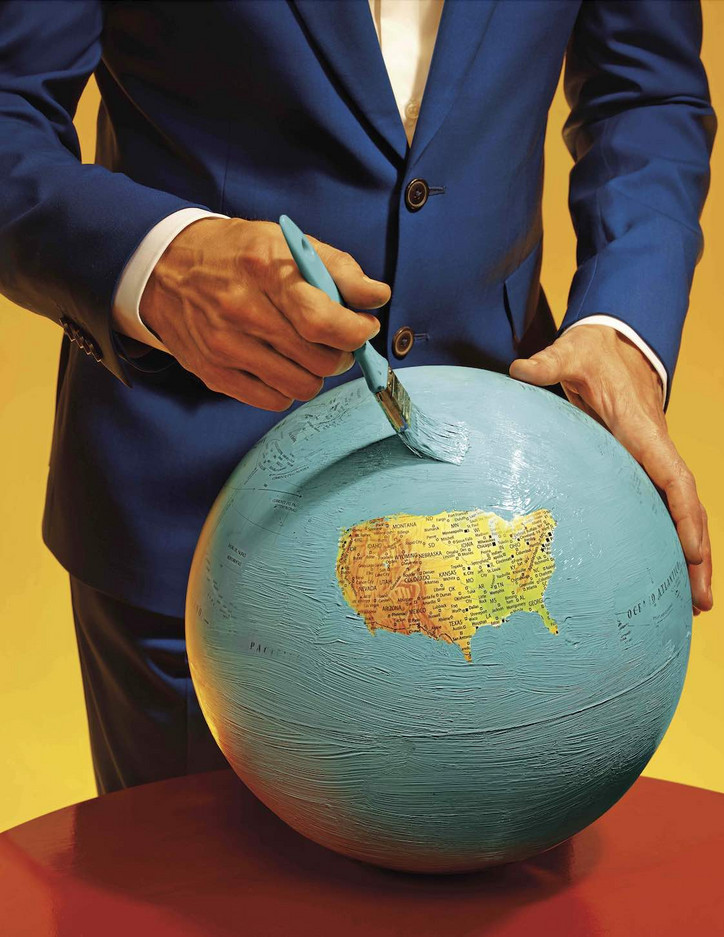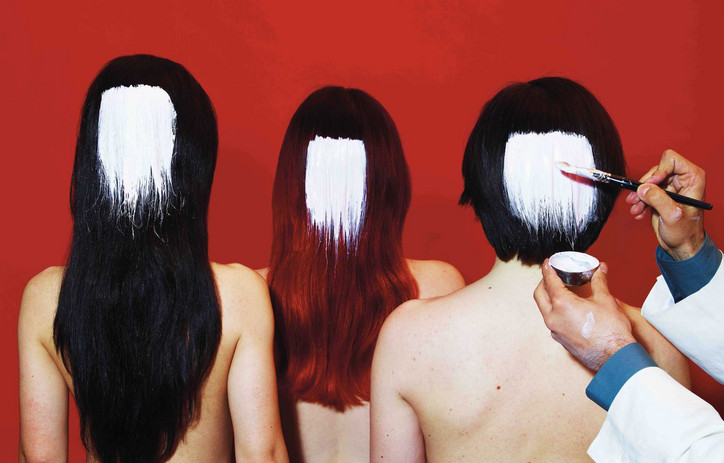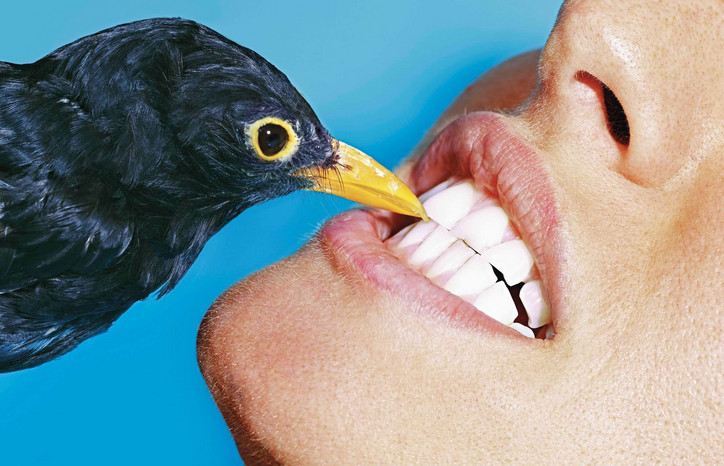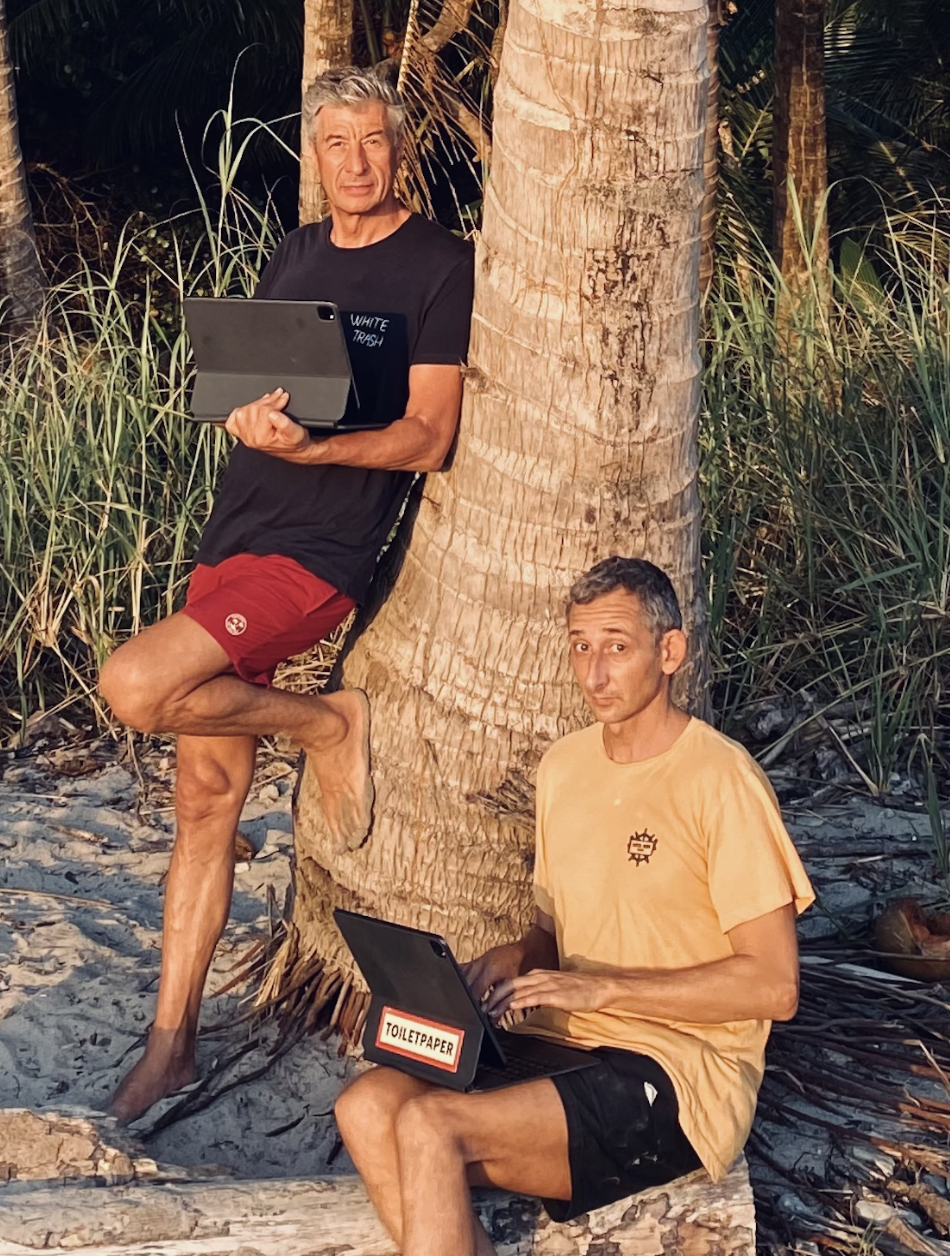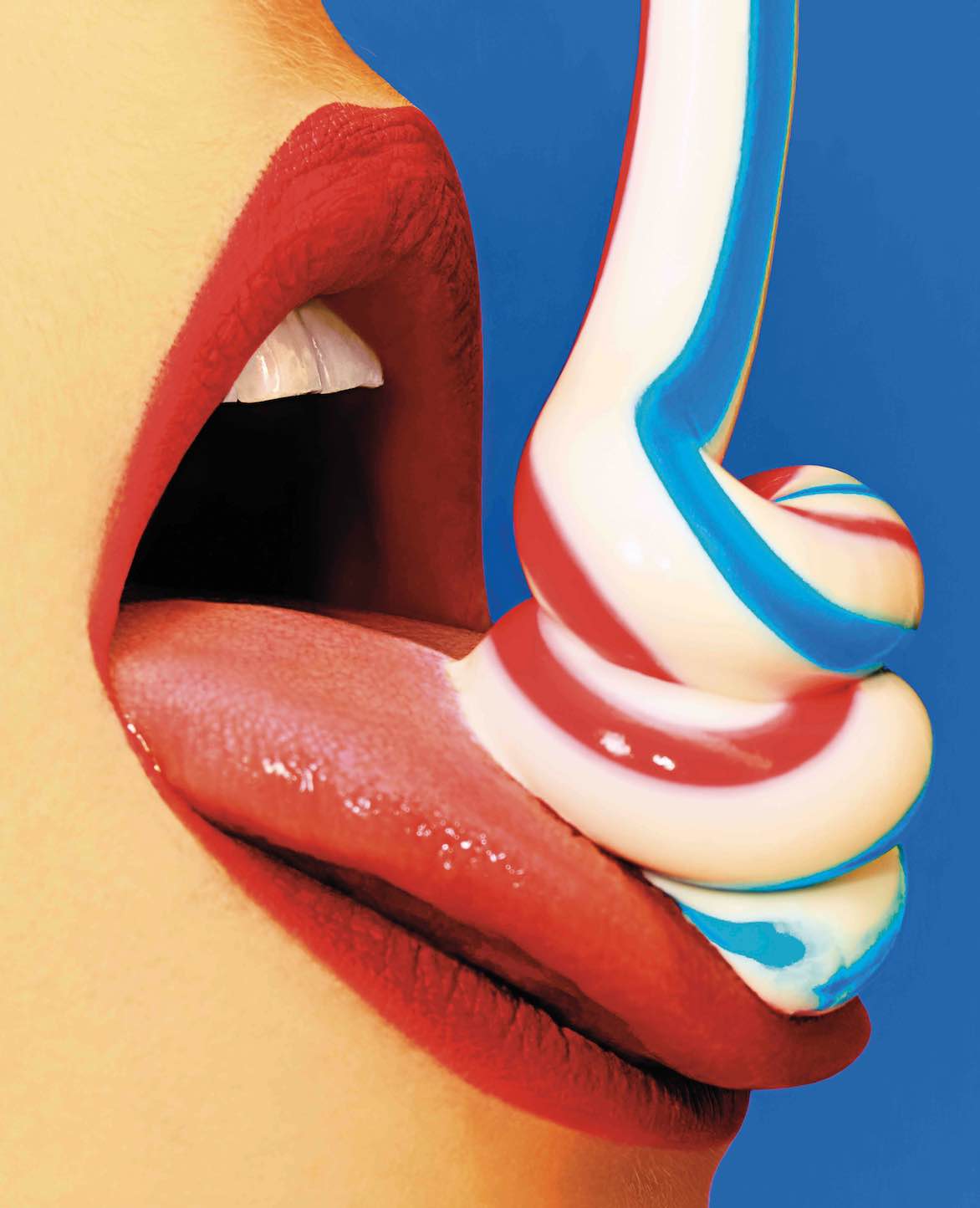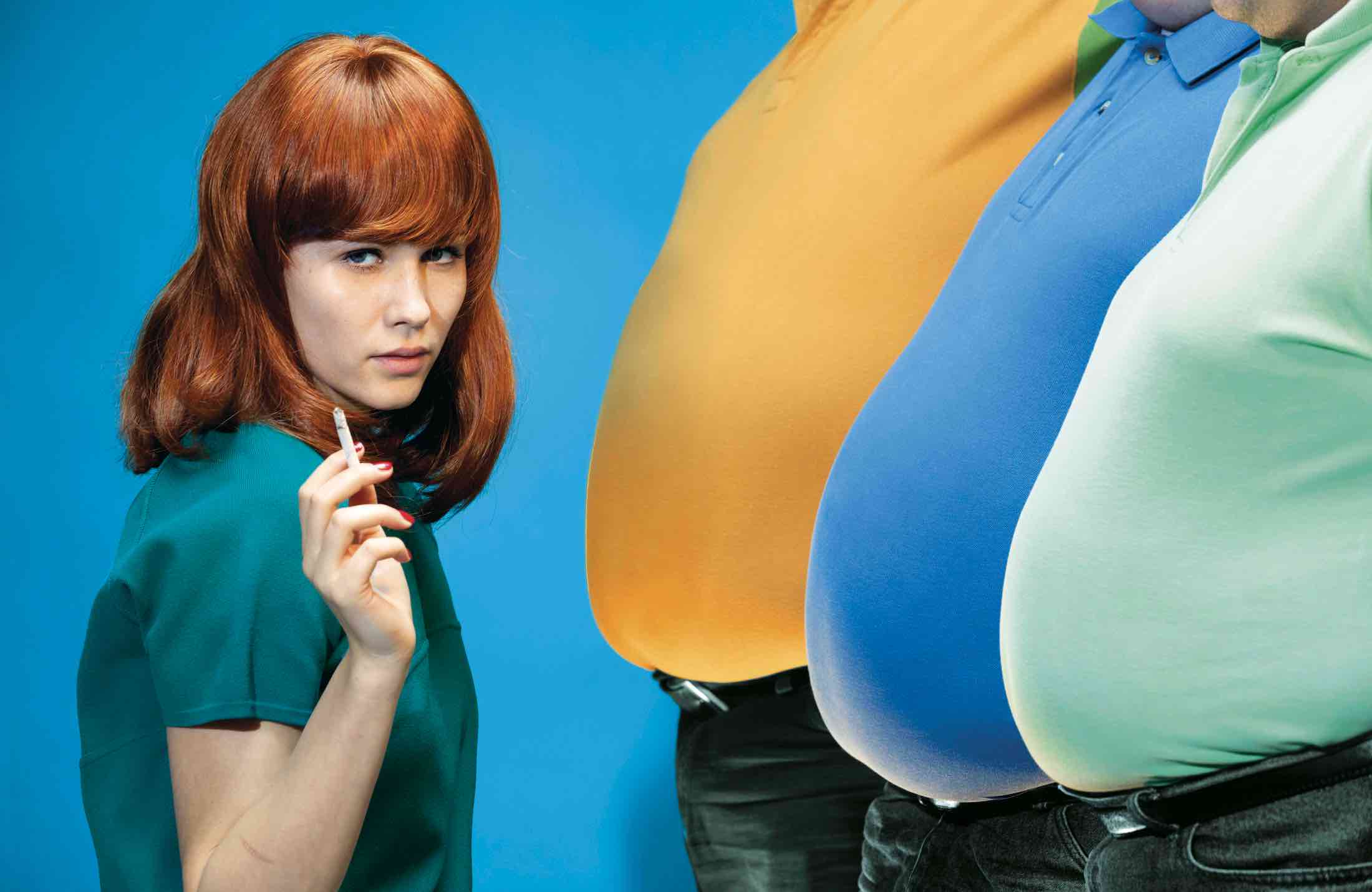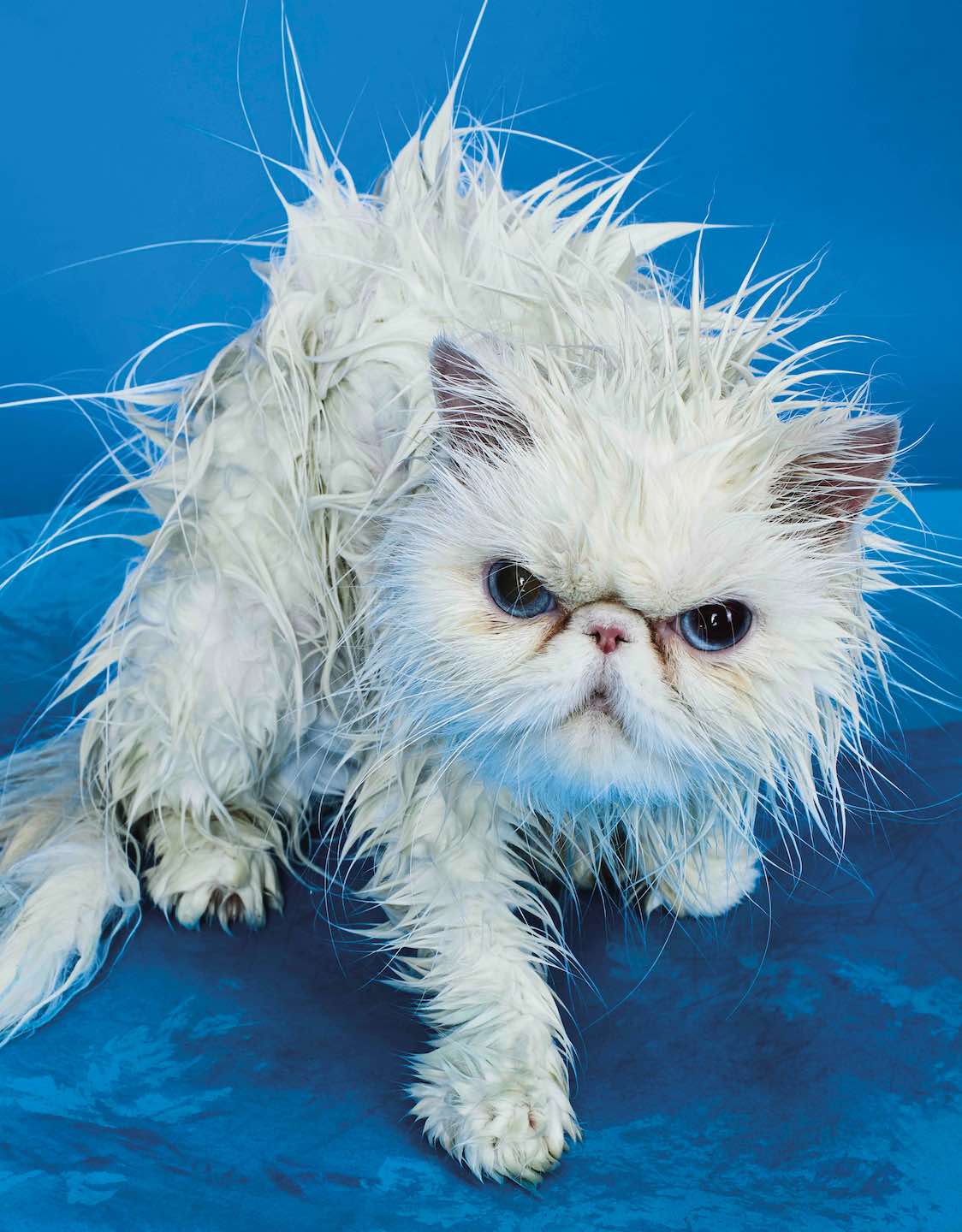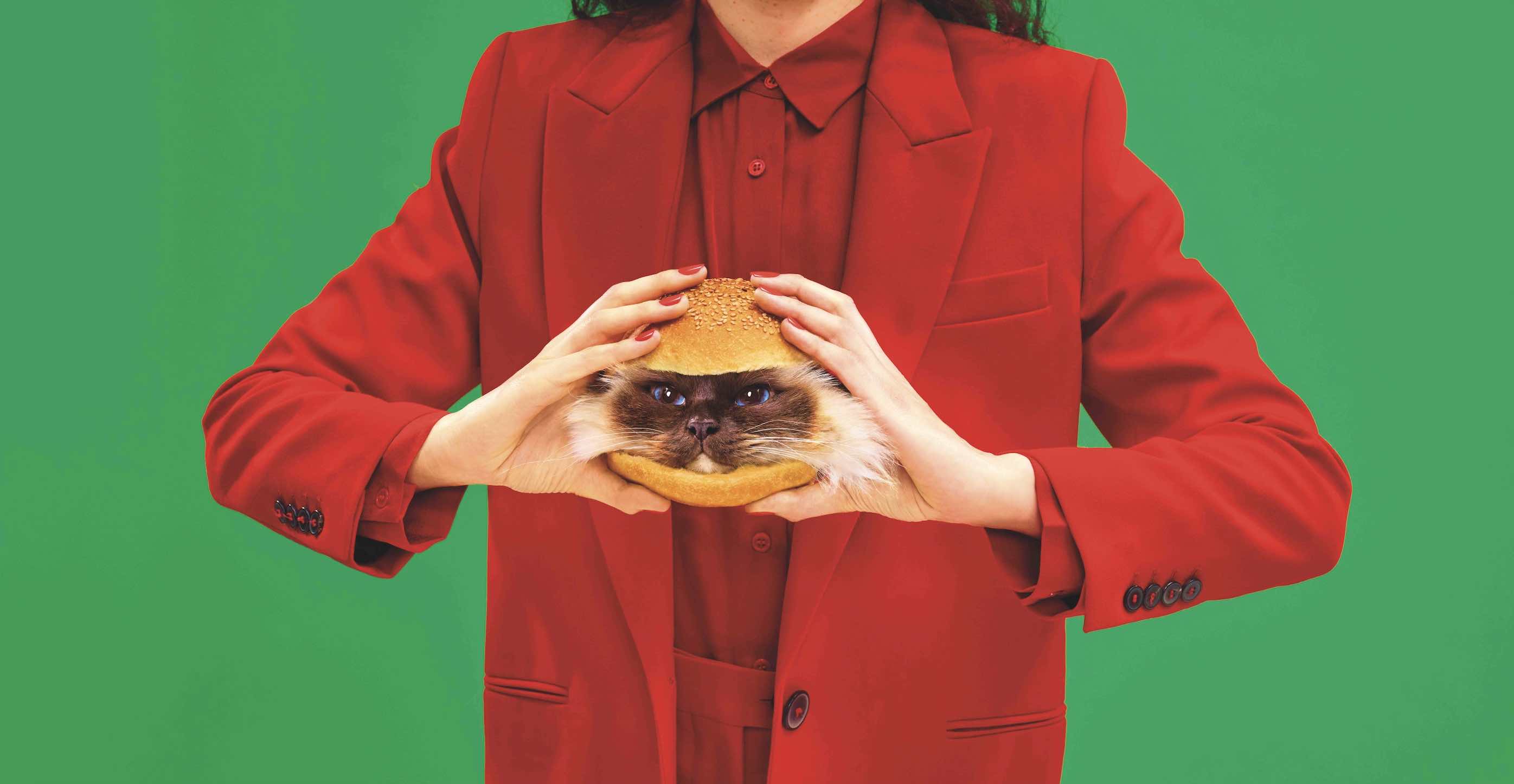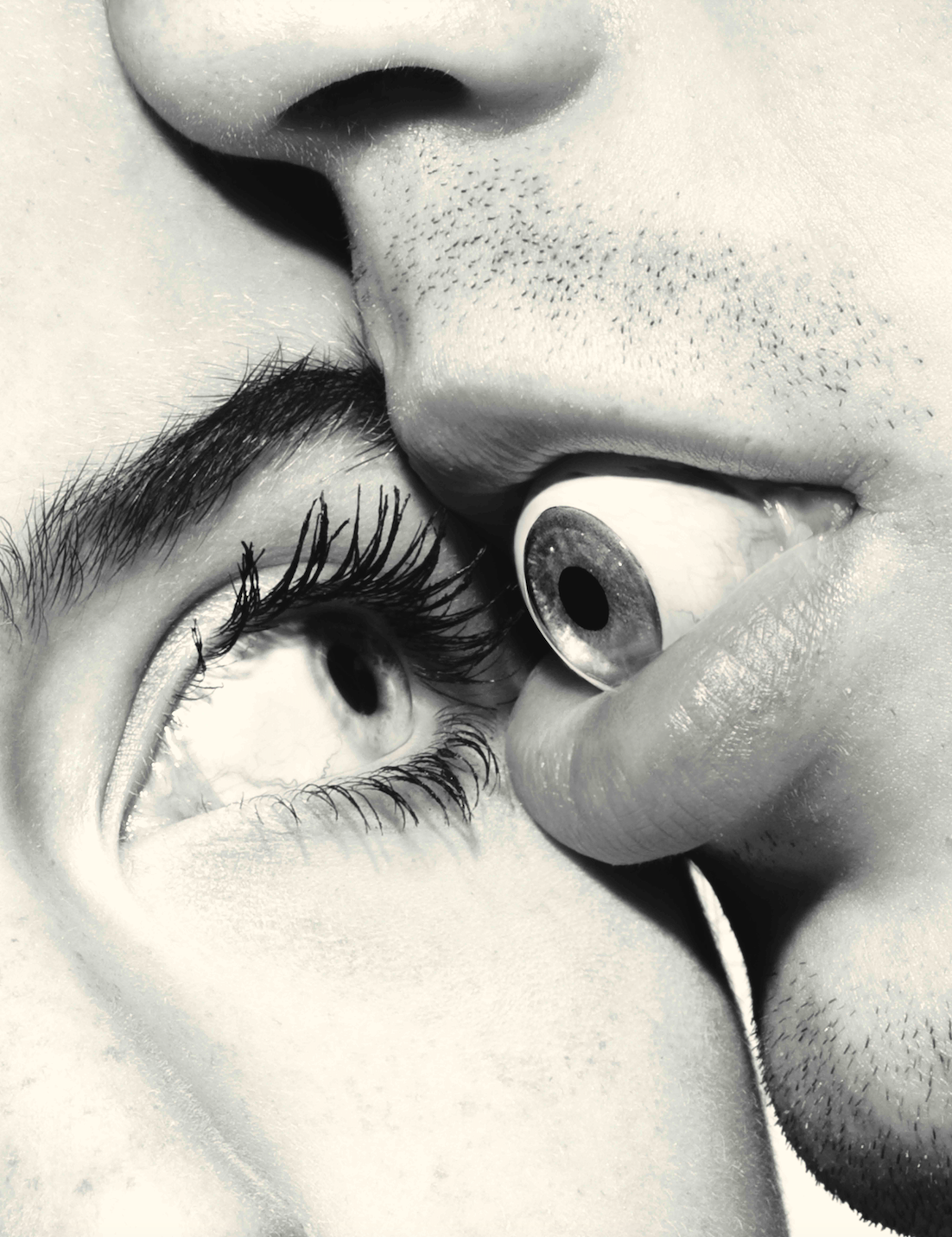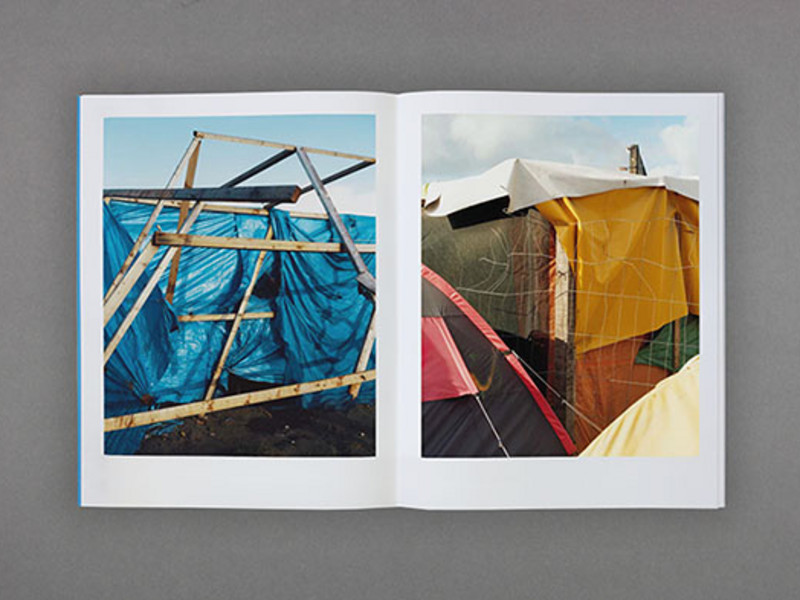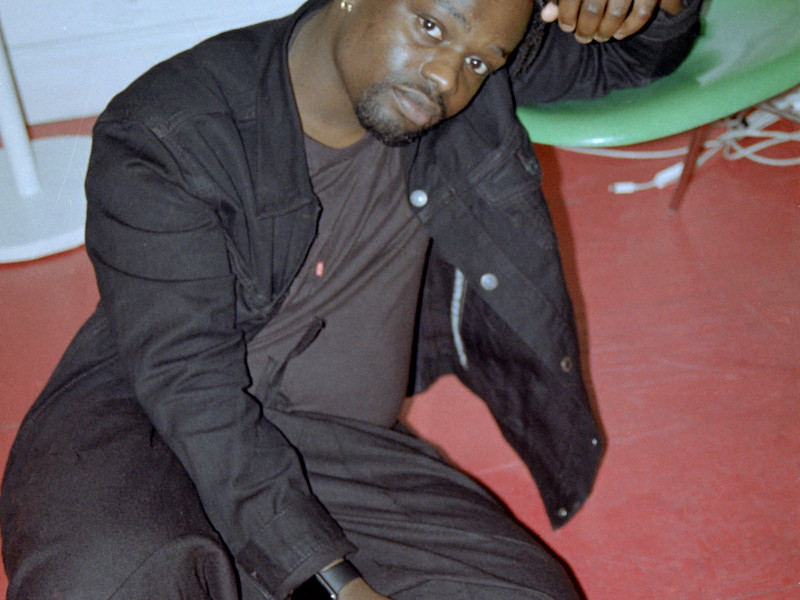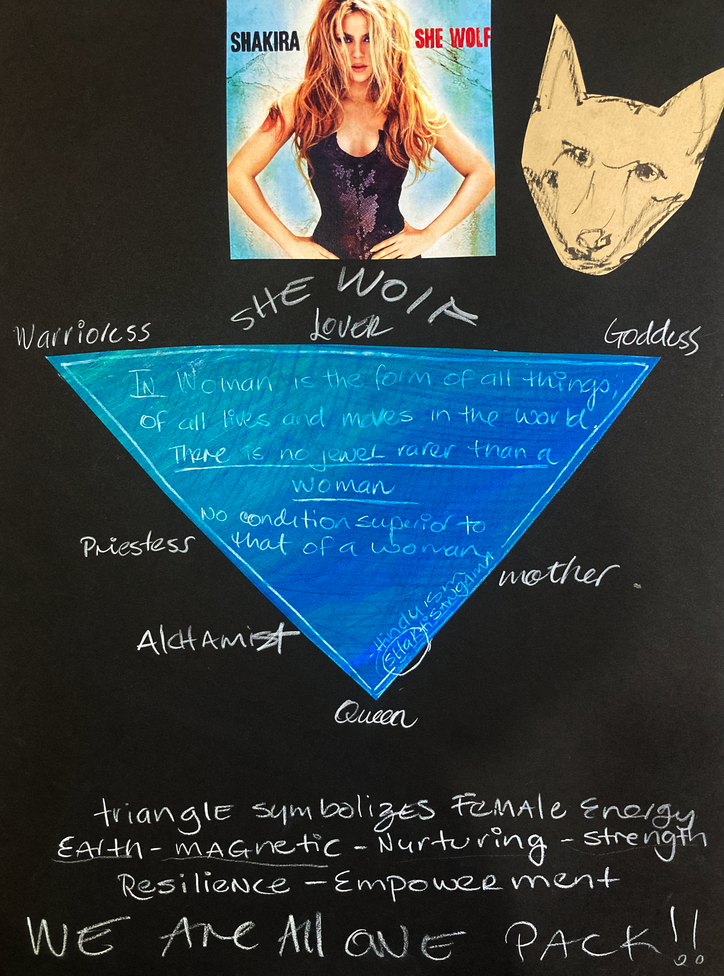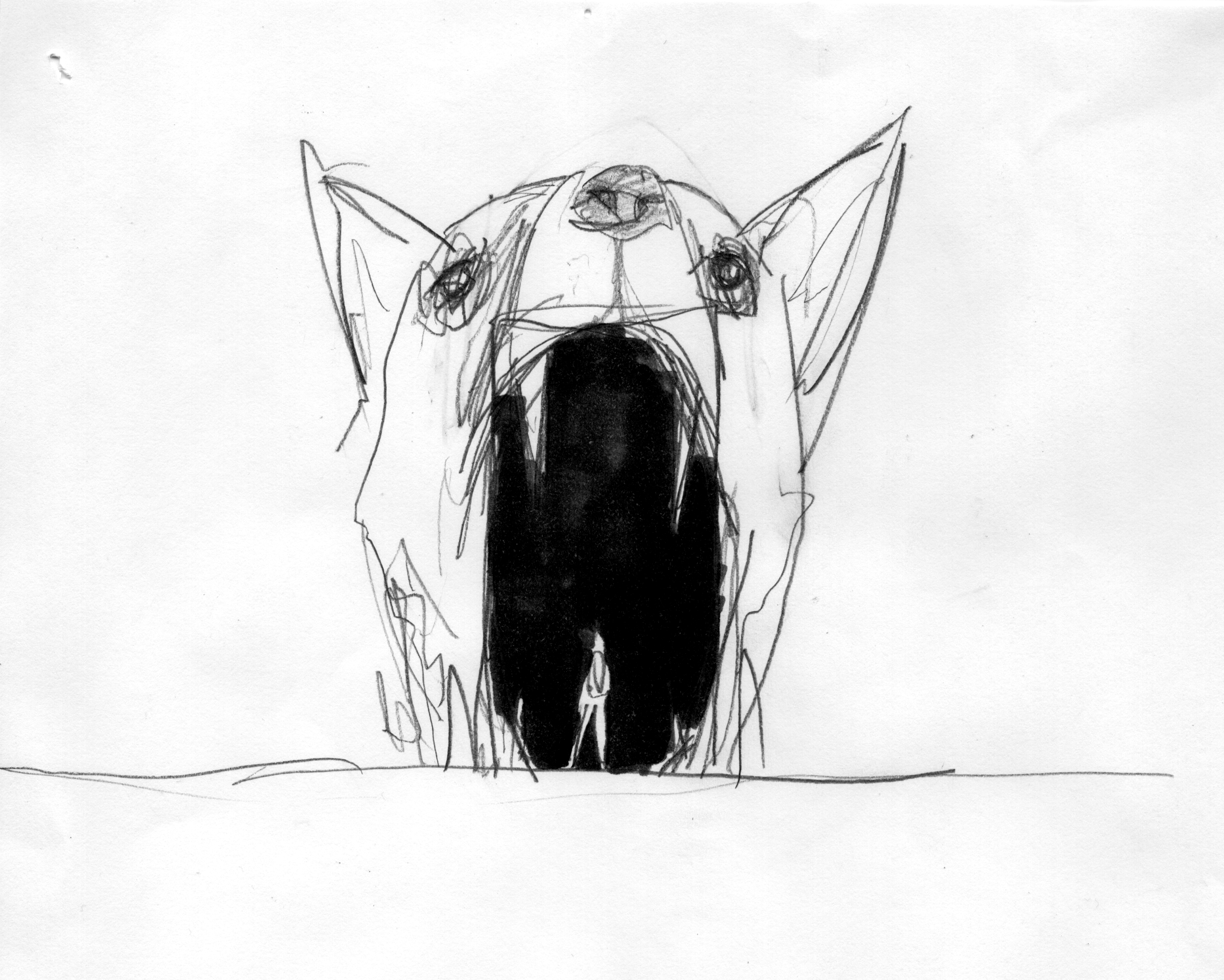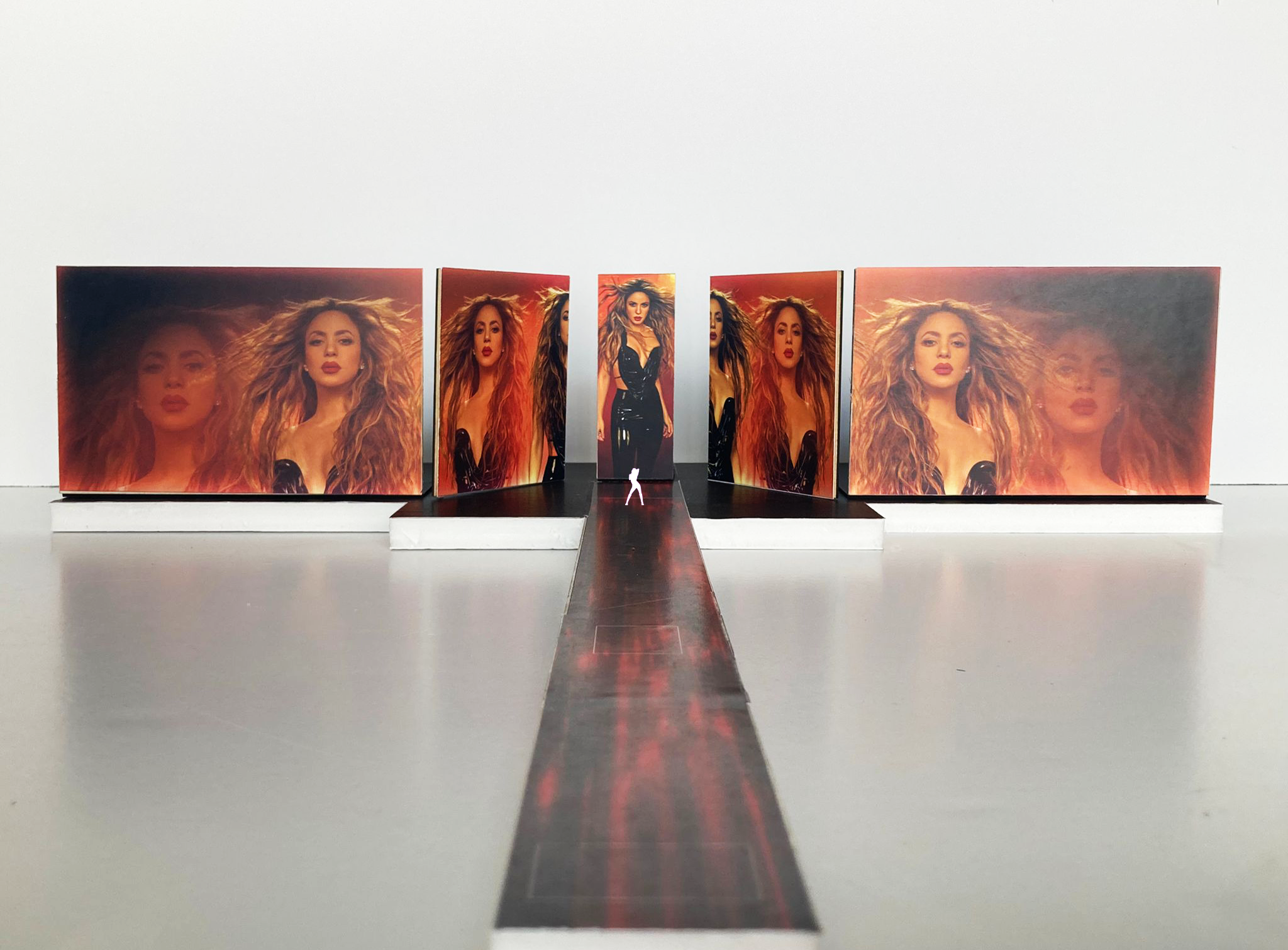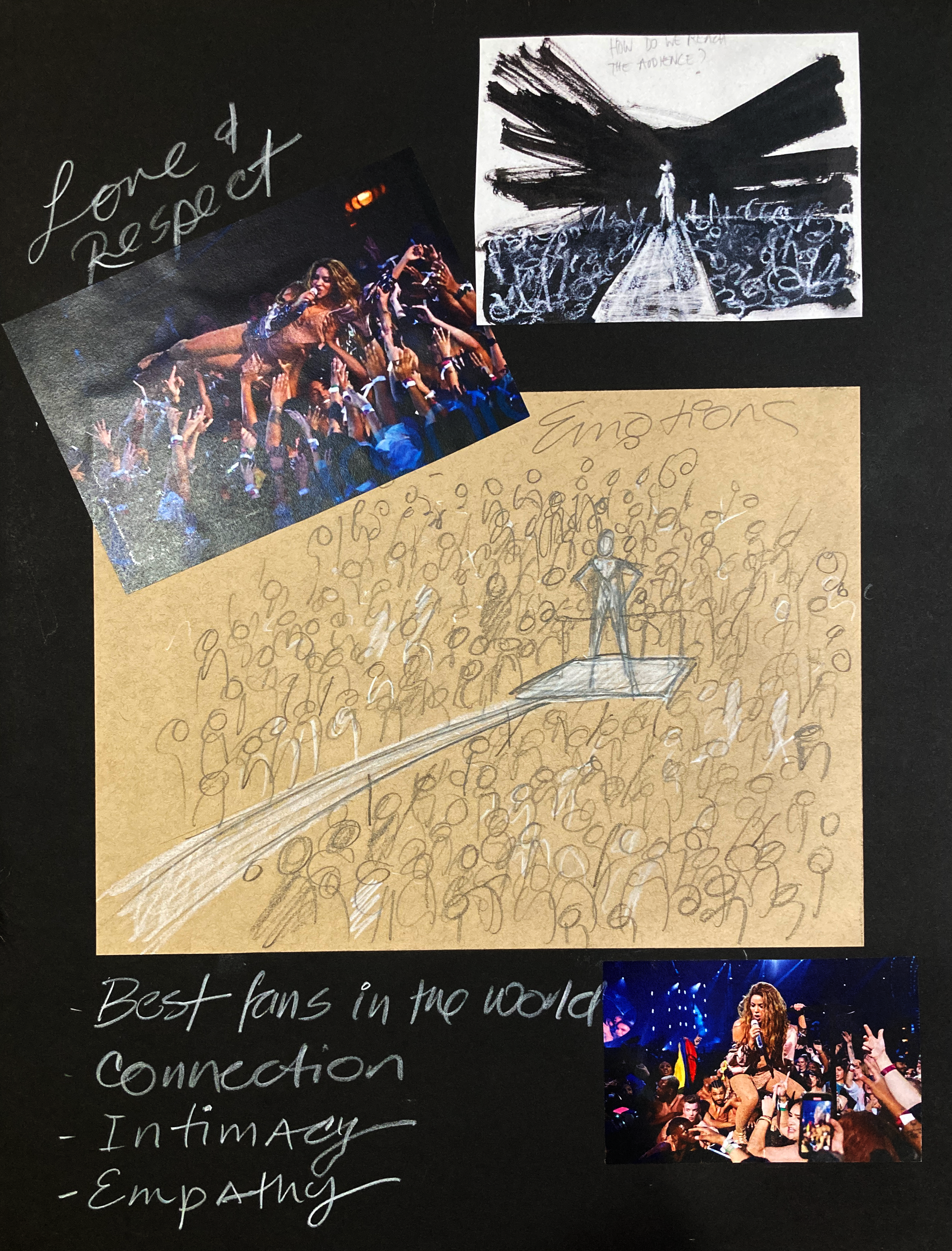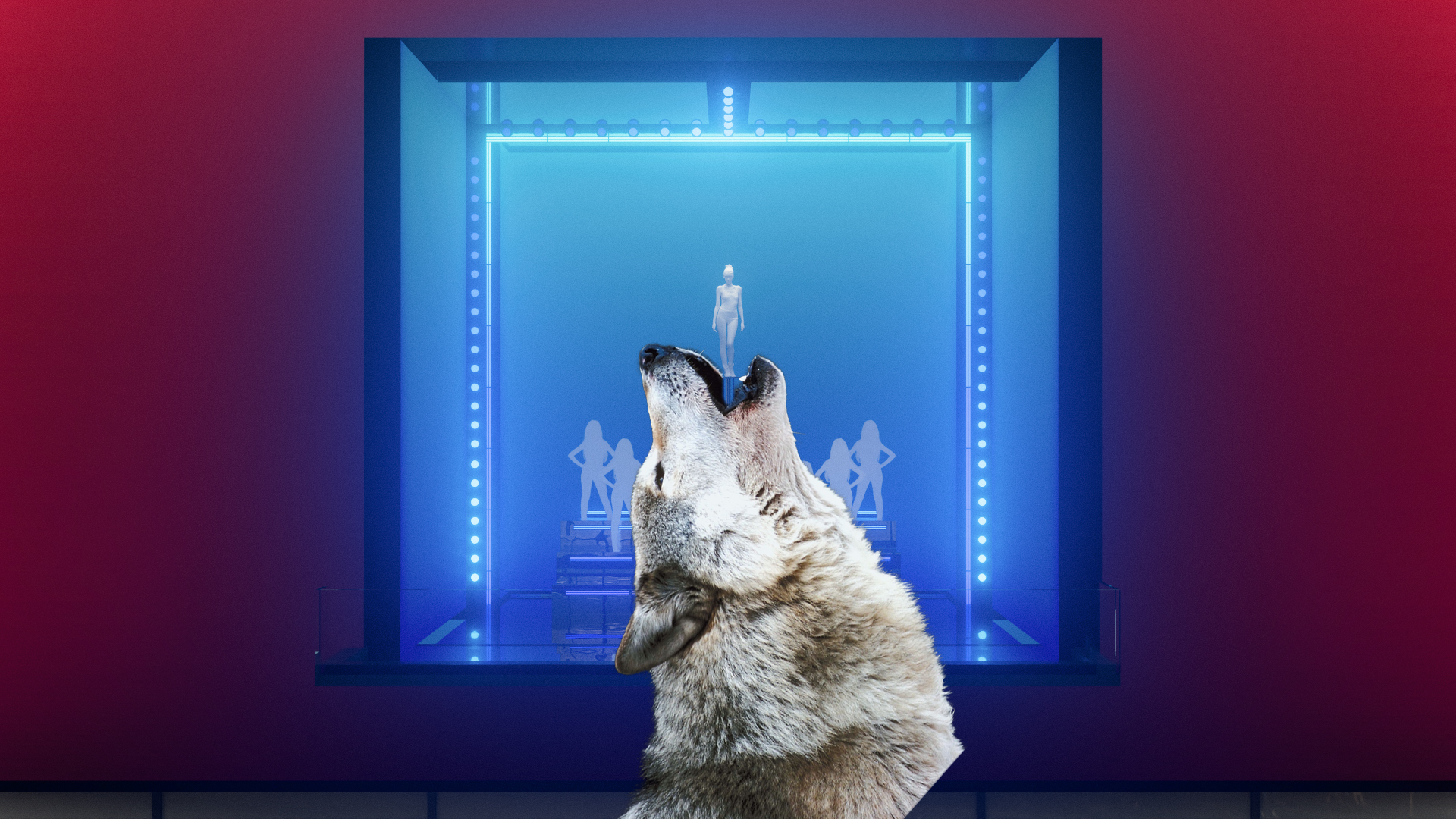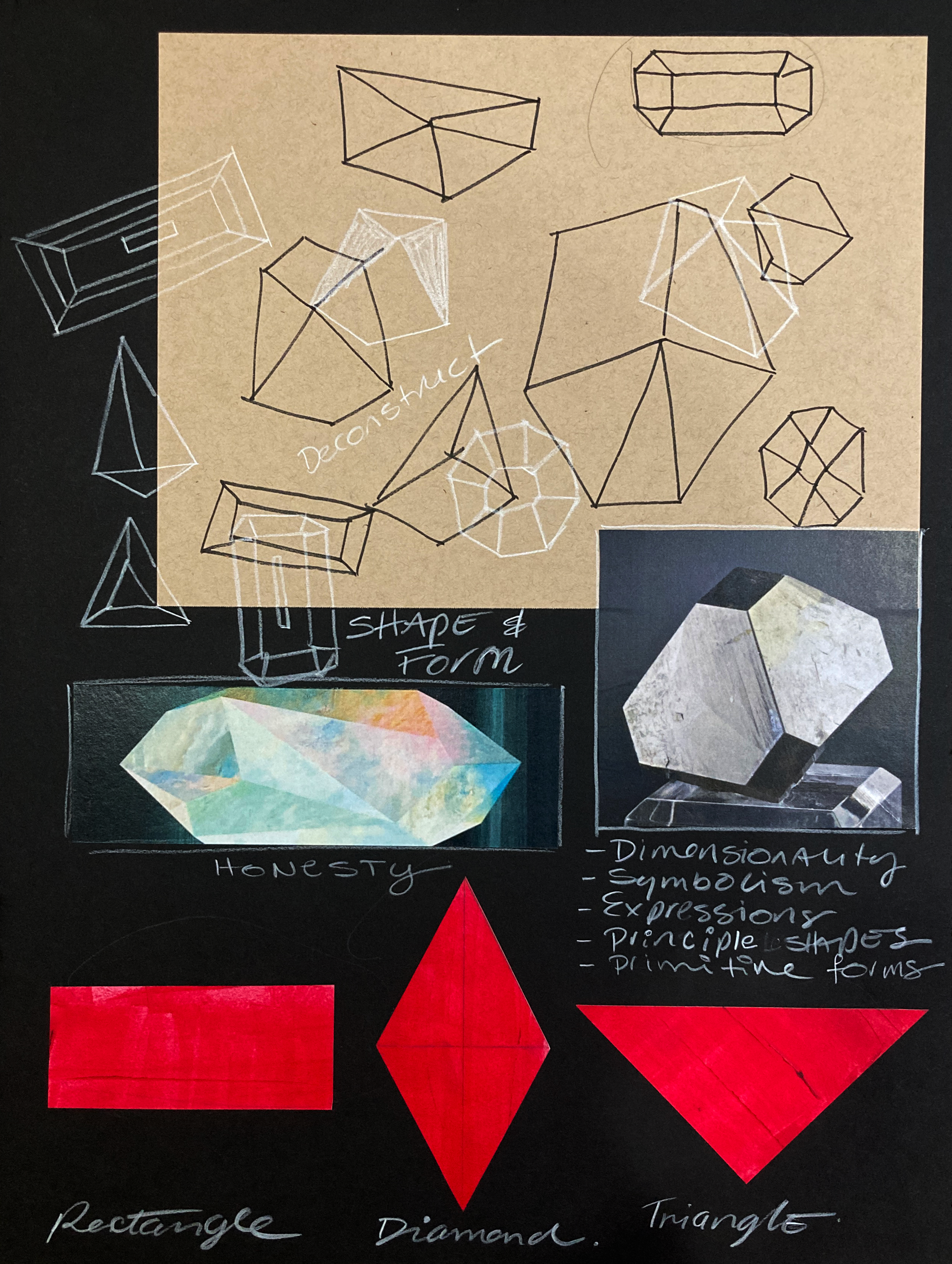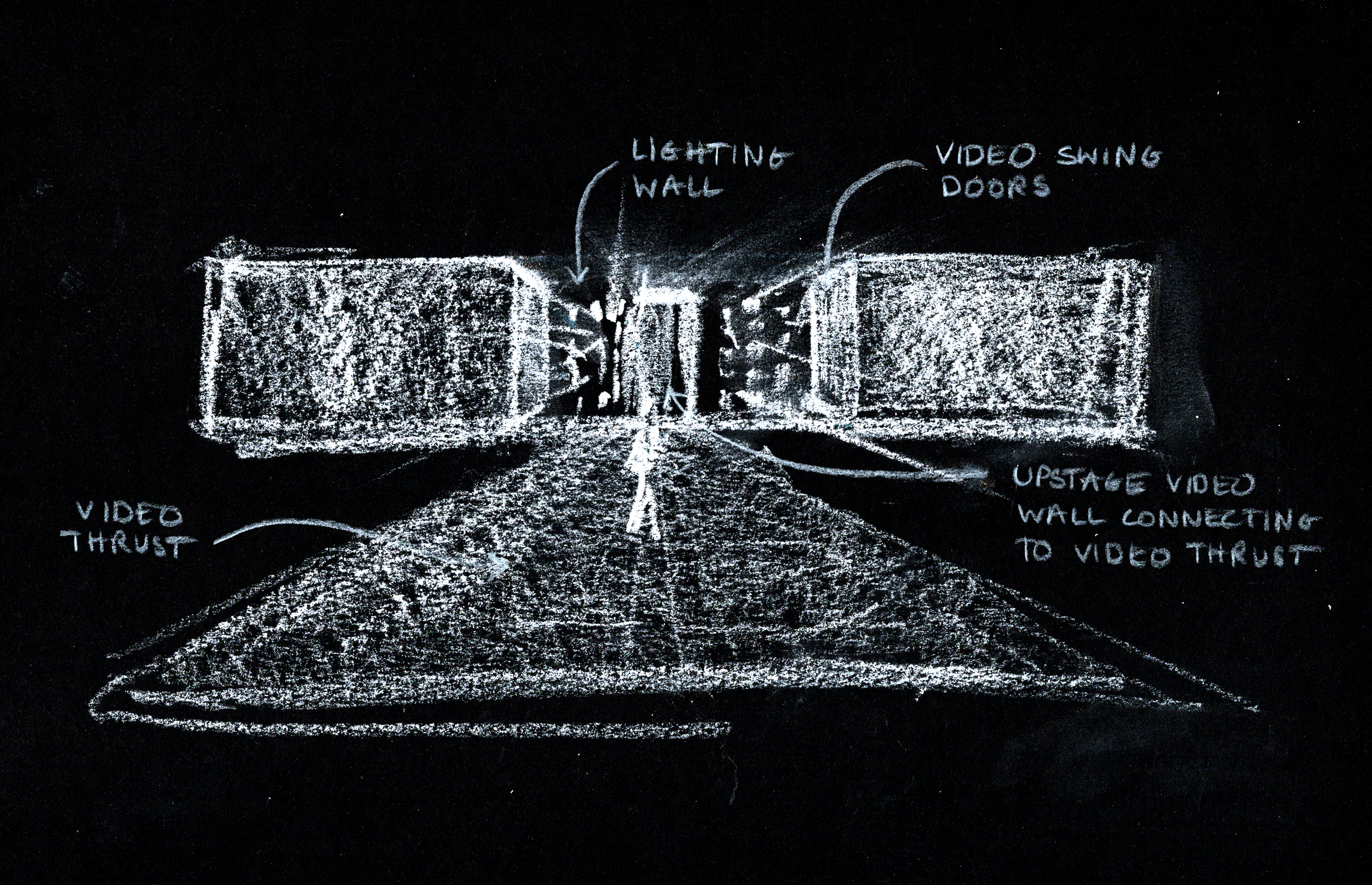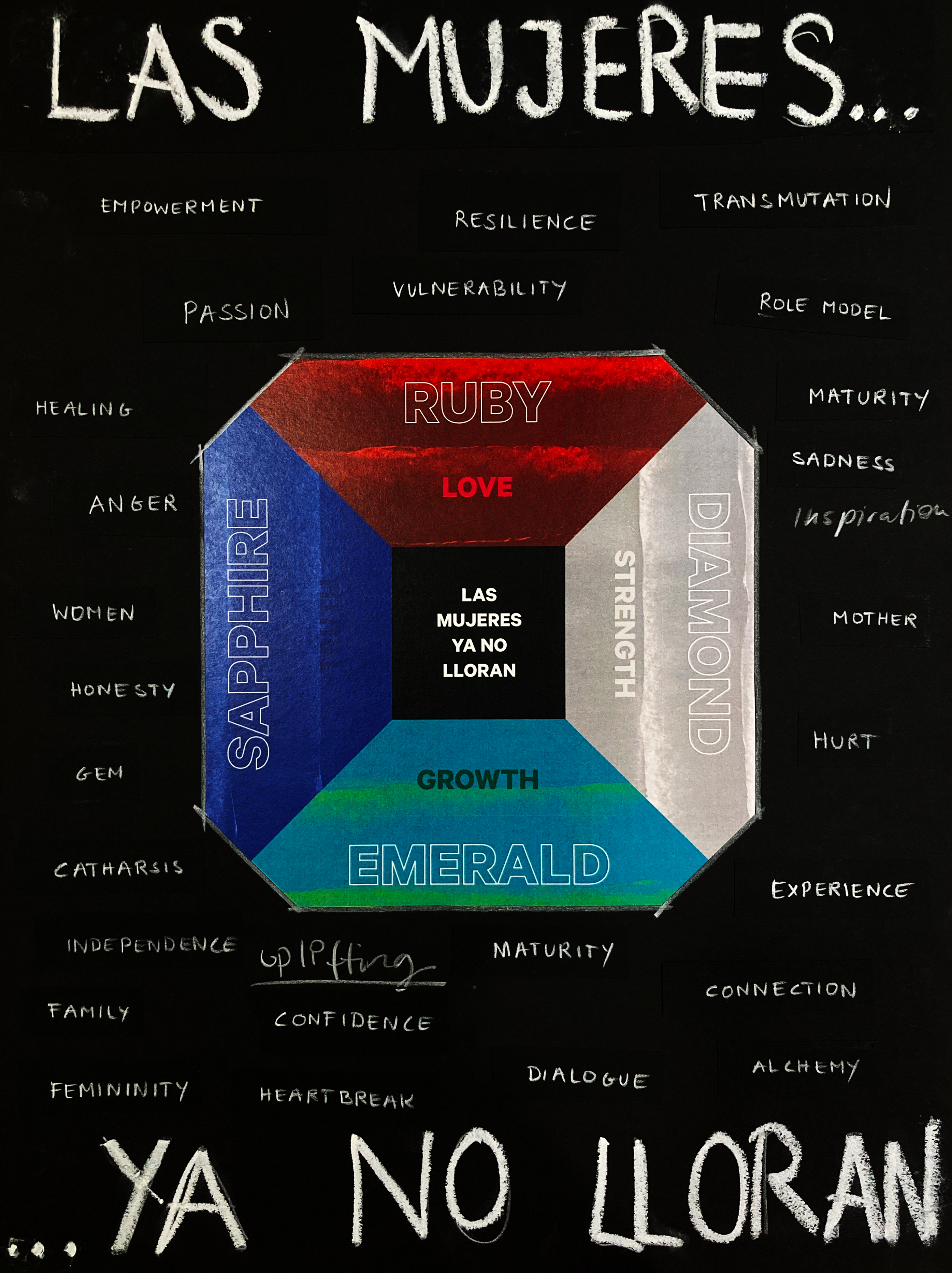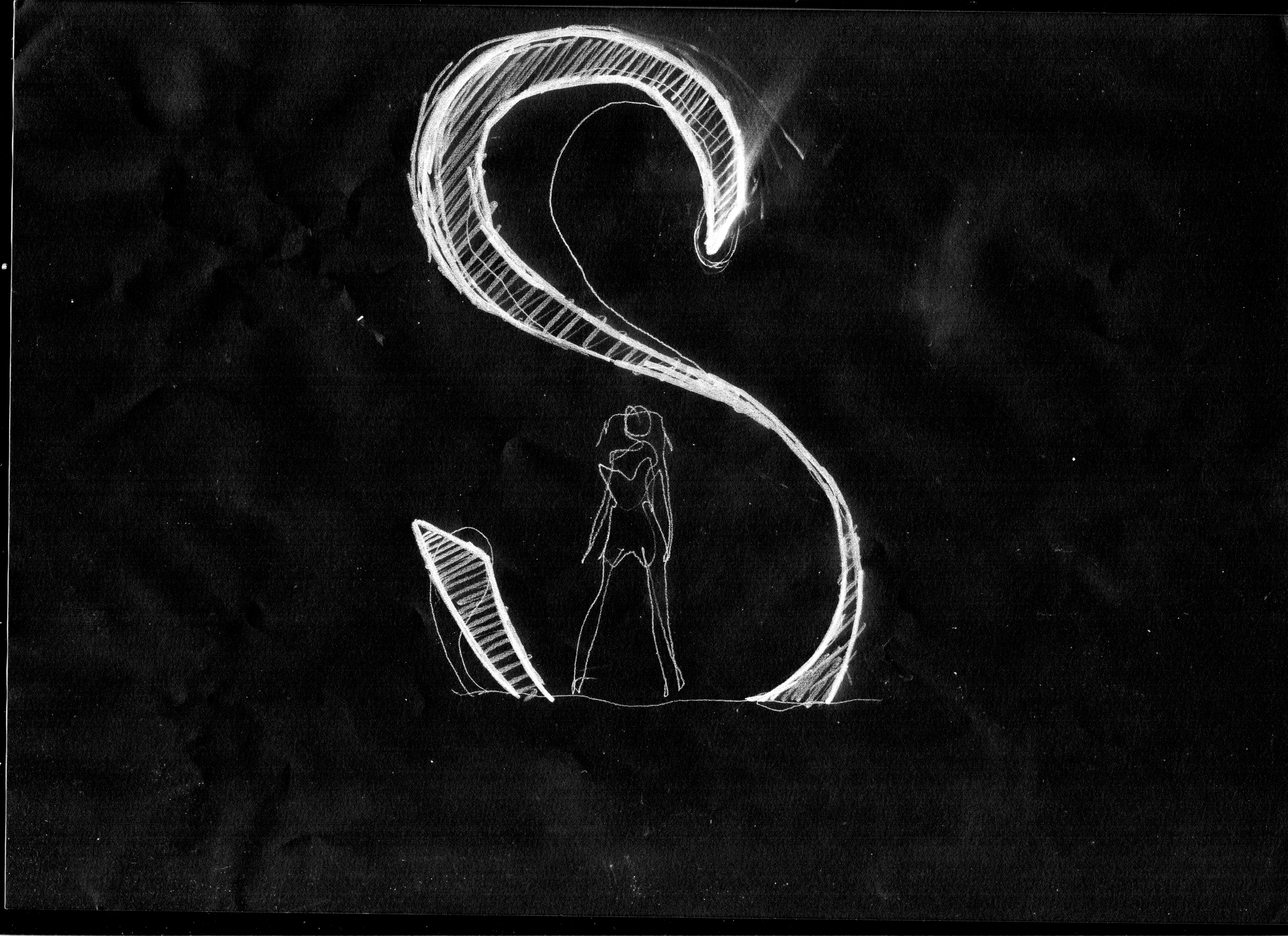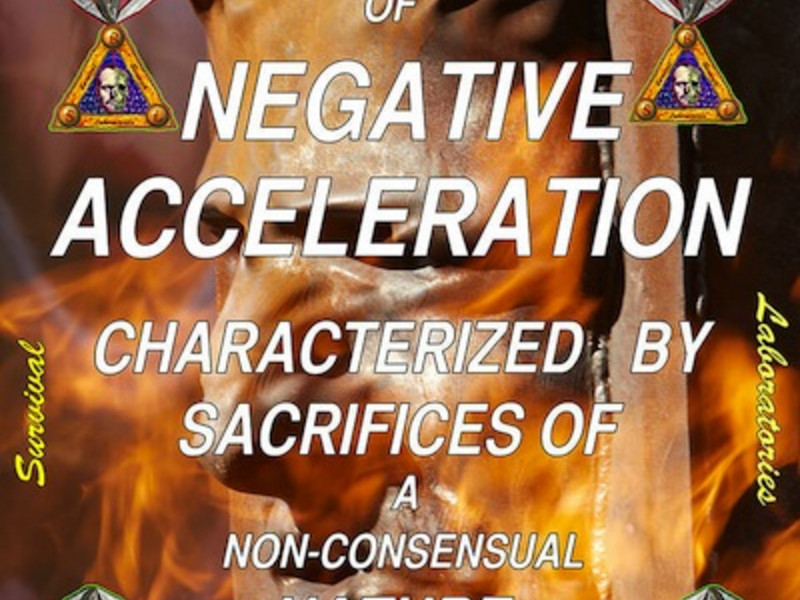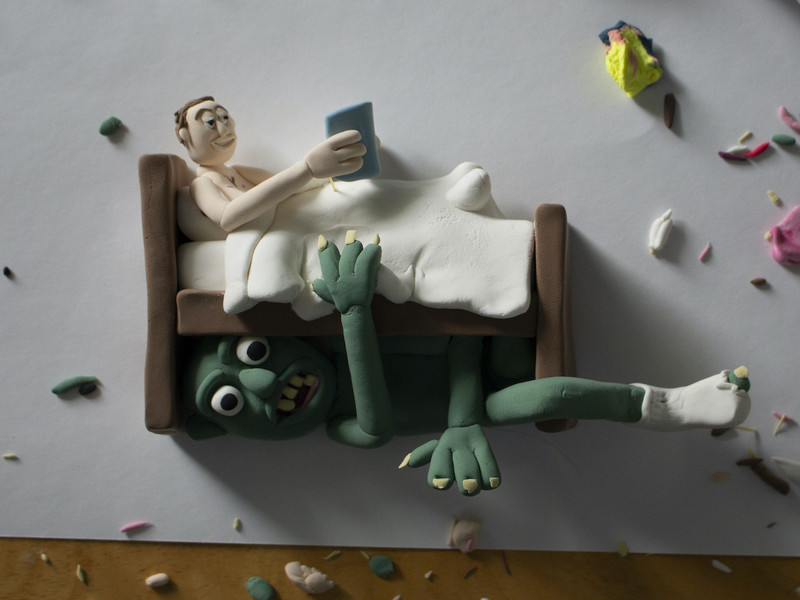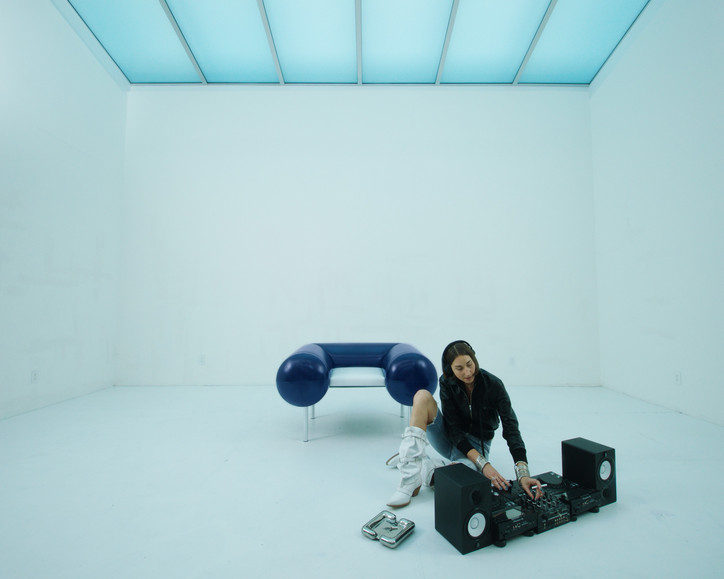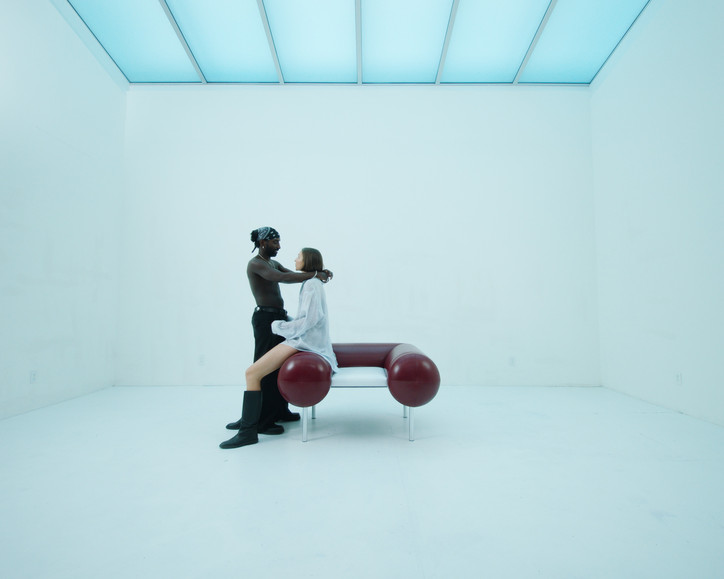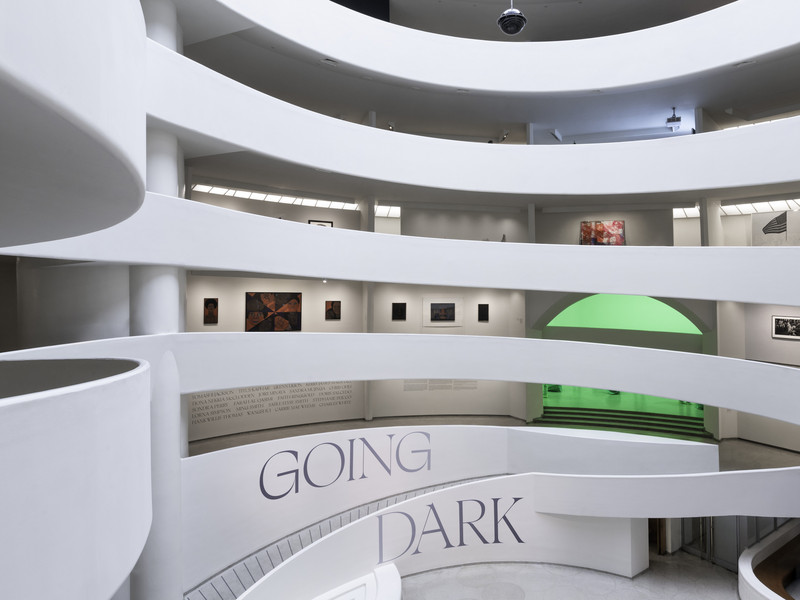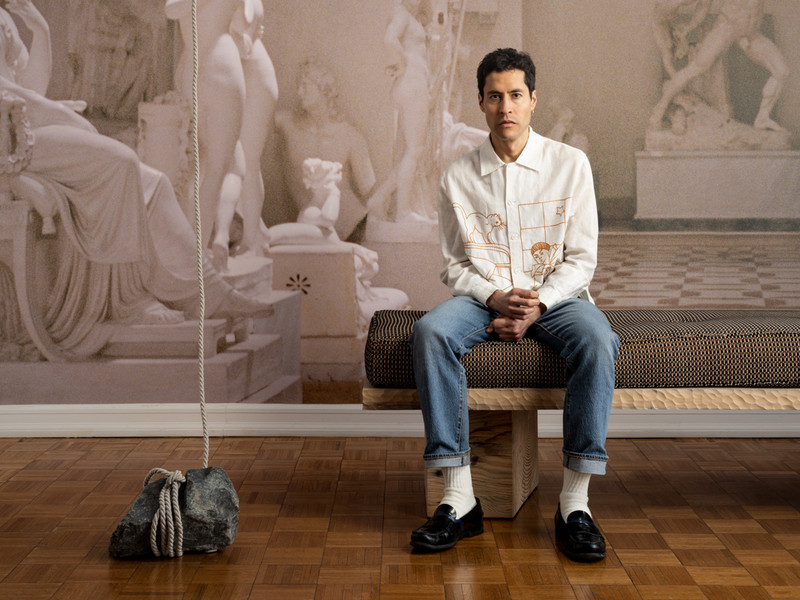I Cried at the End of a Manga
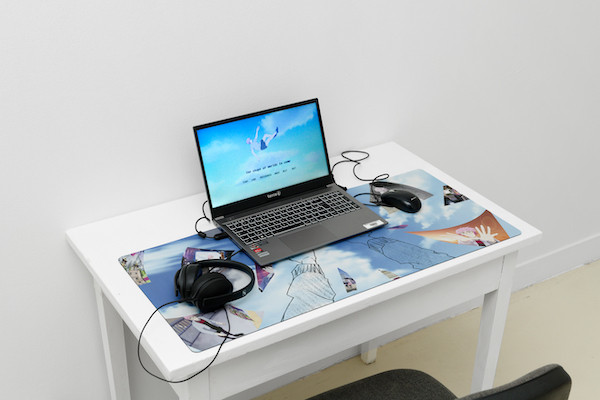
Emma Louise Rixhon— So, tell me about the title of the show.
Alexis Loisel-Montambaux— They are the lyrics from a song by Johan Papaconstantino, who sings in Greek and French, meaning, “I cried at the end of a manga”. We chose it because it captures the profound empathies that we feel in relation to the fictions that surround us.
Felicien Grand d’Esnon— The English translation, however, doesn’t capture the expanded space and temporalities in the French, meaning you are crying during, at, or even about the narrative you are envisioning.
ALM— It frames the exhibition, showing how we sometimes direct exaggerated emotions towards fictions, especially in the context of what is happening currently in the world around us that is much more severe. But at the same time, these fictional worlds enable us to have necessary introspections and create interior worlds where we can incorporate characters as extensions of ourselves. These artworks are materialisations of where our imagined lives and our lived experience can meet.
FGE— We are looking at how universes based on manga, anime, and digital worlds create our intimate universes as we are coming of age, and how these then accompany us later into our adult lives and shape the ways in which we engage with culture and other human beings. We want to break the way in which manga is still often “othered” in exhibitions and show how it has become integrated into the visual cultures of so many contemporary artists. We are exhibiting art that shows how this aesthetic and intellectual media has been digested by so many artists from the world over.
Are you looking to canonise manga, then? Rather than having exhibitions only about it, showing art that uses it as a reference point?
ALM— Yes, we are looking to showcase contemporary art that uses manga as a prism through which to represent and reflect on other themes.
Eliza Douglas’ art explores the porosity between music, art, and fashion, that they feed into each other without clear distinctions. They collect merch from ubiquitous characters, such as Sailor Moon, and transforms iPhone photographs of crinkled t-shirts into hyperrealist oil paintings. Their process reflects on the creation of value in fashion, assigning assistants to paint them and then adding their signature as a monetisation of the work, like designers’ names embellishing garments. They also explore the endlessness of reproducibility, being paintings of photographs of garments featuring digitised images of televised drawings.
FGE— Gaia Vincensini’s work is in direct relationship to her family, particularly her grandmother’s practices. Using production methods which are haptic, such as zinc engravings, she materialises a knowledge exchange between generations. She incorporates representations of feelings, which you can uncover but not understand, through visual representations of manga and anime, with the materiality of collaboration between friends and family. Her drawings are her own creations, they are not existing characters, but more like guardian angels.
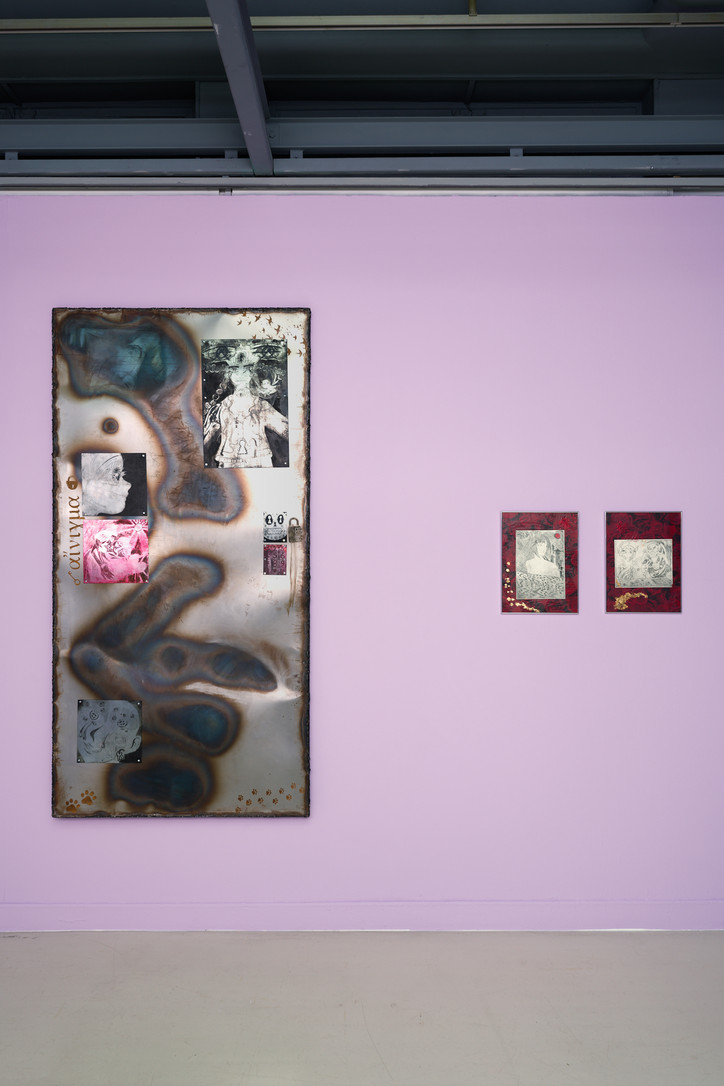
Gaia Vincensini, Matrice_III, 2021, Plaques de zinc gravées à l’eau forte et marquées à l’huile, 200 × 100 × 3,5 cm, Courtoisie de l’artiste et Gaudel de Stampa, Paris; Créature de la rade 1, 2018, Gravure sur cuivre, impression, feuille d’or, 40 × 30,5 cm, Courtoisie de l’artiste et Gaudel de Stampa, Paris; Créature de la rade 2, 2018, Gravure sur cuivre, impression, feuille d’or, 40 × 30,5 cm, Courtoisie de l’artiste et Gaudel de Stampa, Paris.
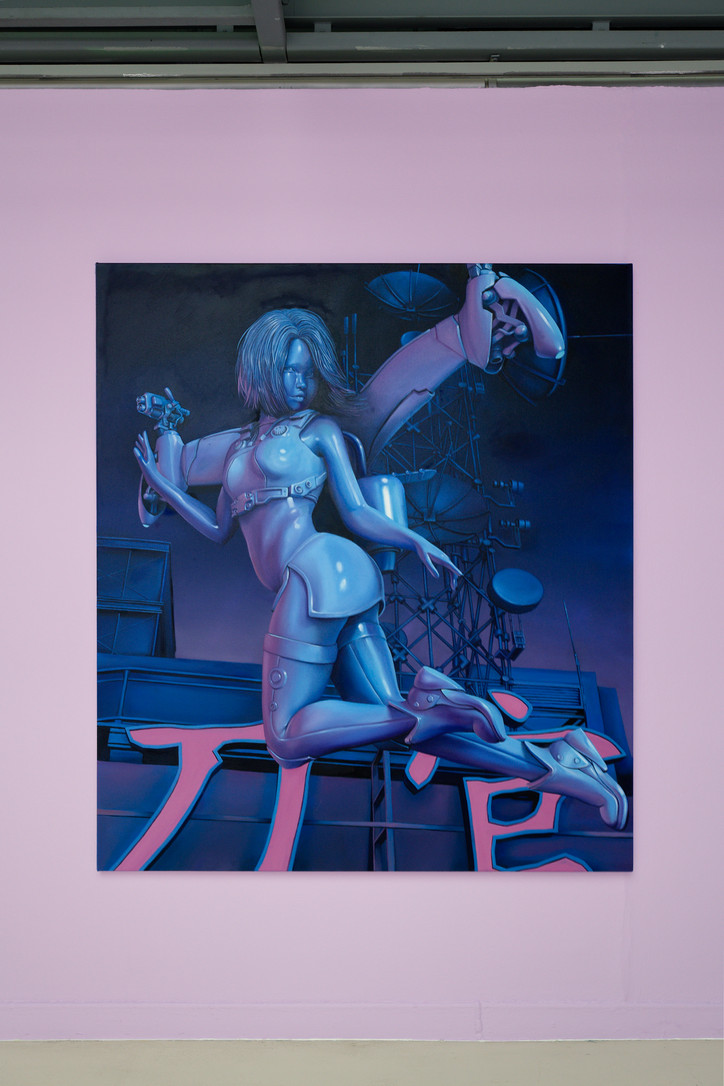
Emma Stern, Jody (packin’), 2023, Huile sur toile, 182 × 164 cm, Courtoisie de l’artiste et New Galerie, Paris.
They feel like guardian angels, but also saints or deities watching over us that are a blend of mysticism from our own imagination and our culture’s. They feel protective over us.
FGE— This aligns with Neïla Czermak Ichti’s Bic pen works, which portray friends but also manga characters. One of her pieces showing is of Guts from Berserk, and he is invoked as a sort of deity. It’s not dissimilar from seeing representations of saints in churches or illuminated texts from the Middle Ages. She includes herself in the image, fusing herself into new mythologies, looking at how we construct ourselves in relation to contemporary myths and deities.
ALM— It also ties into Ram Han’s objects inspired by 90s-2000s visual culture to represent the world of imagination that they created within her. Her images don’t shy away from how these images were less realistic than current video games are. They’re reminiscent of little animals like Tamagotchi, not alive in a biological sense but requiring daily domestic care. They also straddle the idea of cute and monstrous, they embody deities who can choose to protect you or punish you, creatures who could feature in a contemporary Hieronymus Bosch.
A lot of these pieces seem overwhelmingly huge, truly monumental canvases.
ALM— This is just chapter one of the show. There will be a chapter two with a different selection of artworks in November, in a castle complete with chandeliers. We are bringing work in that would usually be considered popular art in these spaces. So, the size of the canvases, as well as the typology of other works, is a bridge between the stereotypically aristocratic sphere of art and the dimension-expanding themes of these by evoking artworks that would traditionally be shown. The experience of the second exhibition will be temporarily inhabiting the life of an avatar who lives in the castle of Aubenas. We want to blur the boundaries between realities and fictions, as well as history.
